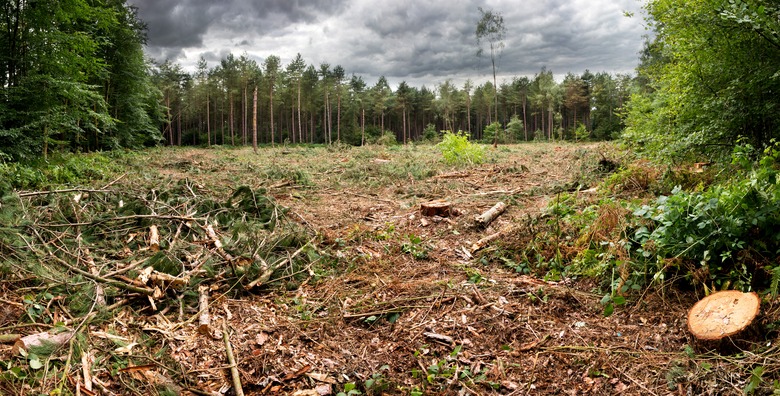The Effects Of Habitat Destruction Of The Environment
The primary effect of habitat destruction is a reduction in biodiversity, which refers to the variety and abundance of different species of animals and plants in a particular setting. When an animal loses the natural home or habitat that it needs to survive, its numbers decline rapidly, and it moves toward extinction. It's estimated that 14,000 to 35,000 species are at risk of becoming extinct, and habitat destruction is one of the main causes.
Pollination and Seed Dispersal
Pollination and Seed Dispersal
Both wild and agricultural plants depend on pollination for reproduction. Fruits and vegetables, key components of the human diet, depend on bees and other insects to transfer pollen from flower to flower. When habitat destruction reduces the varieties of these pollinators, crop yields drop as well. For example, stingless bees in Costa Rica that nest only in forests increase the yield in coffee plantations located near forest patches by 20 percent. Many plants also rely on animals, particularly ones that eat fruit, for seed dispersal. Destroying the habitat of animals of this type can severely affect the plant species that depend on them.
Climate Regulation
Climate Regulation
Biodiversity affects climate mainly through regulation of the amount of carbon dioxide in the atmosphere. Destruction of forest habitats reduces the capacity of forests to absorb carbon dioxide. The growth rate and woodiness of a plant determines the rate of carbon turnover within it. Landscape patterns are also important since carbon sequestration is reduced at the edges of forest fragments. Marine ecosystems also play a significant role in carbon sequestration.
Pest and Disease Control
Pest and Disease Control
Pests often target specific types of plants. When habitats are destroyed and plant diversity is reduced, the environment contains more of a particular type of plant. This makes it easier for pests to spread. Plant diversity provides habitats for a greater variety of insects and other animals and for the natural enemies of pests. Fungal plant diseases are more severe in monoculture areas where a single type of crop is being cultivated.
Indirect Effects
Indirect Effects
The production of food,clothing and shelter for humans depends in many indirect ways on the biodiversity of ecosystems. A high diversity of agricultural crops protects farmers against crop failures. Destruction of habitats and reduction of species diversity can make ecosystems more vulnerable to invasive species and indirectly affect human health and well-being. The effect of invasive species is illustrated by what happened when bass were introduced into Gatun Lake, Panama. The presence of bass resulted in the reduction of predators of mosquito larvae and an increase in the incidence of malaria.
Cite This Article
MLA
Datta, Sreela. "The Effects Of Habitat Destruction Of The Environment" sciencing.com, https://www.sciencing.com/effects-habitat-destruction-environment-8403681/. 23 April 2018.
APA
Datta, Sreela. (2018, April 23). The Effects Of Habitat Destruction Of The Environment. sciencing.com. Retrieved from https://www.sciencing.com/effects-habitat-destruction-environment-8403681/
Chicago
Datta, Sreela. The Effects Of Habitat Destruction Of The Environment last modified August 30, 2022. https://www.sciencing.com/effects-habitat-destruction-environment-8403681/
